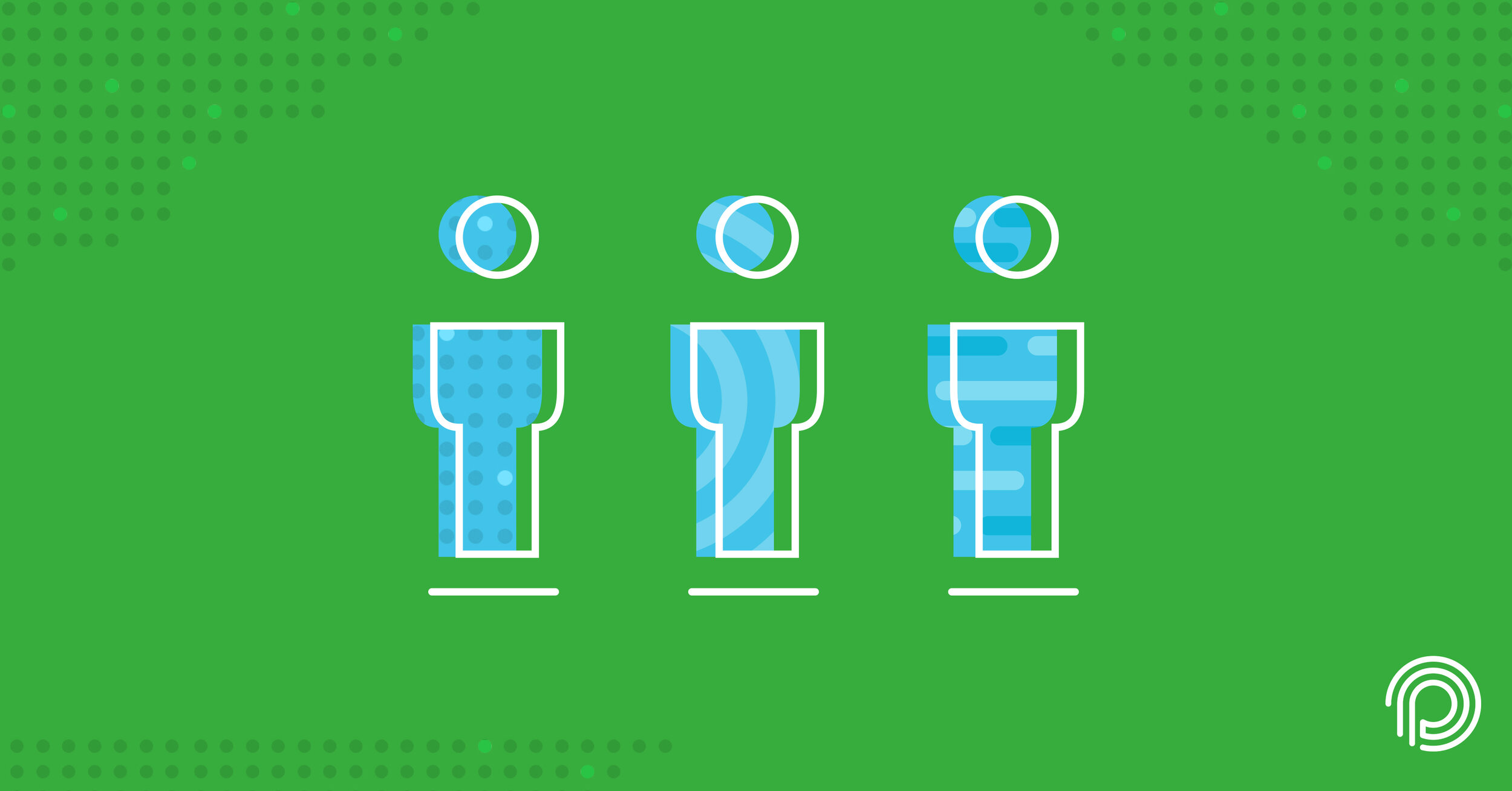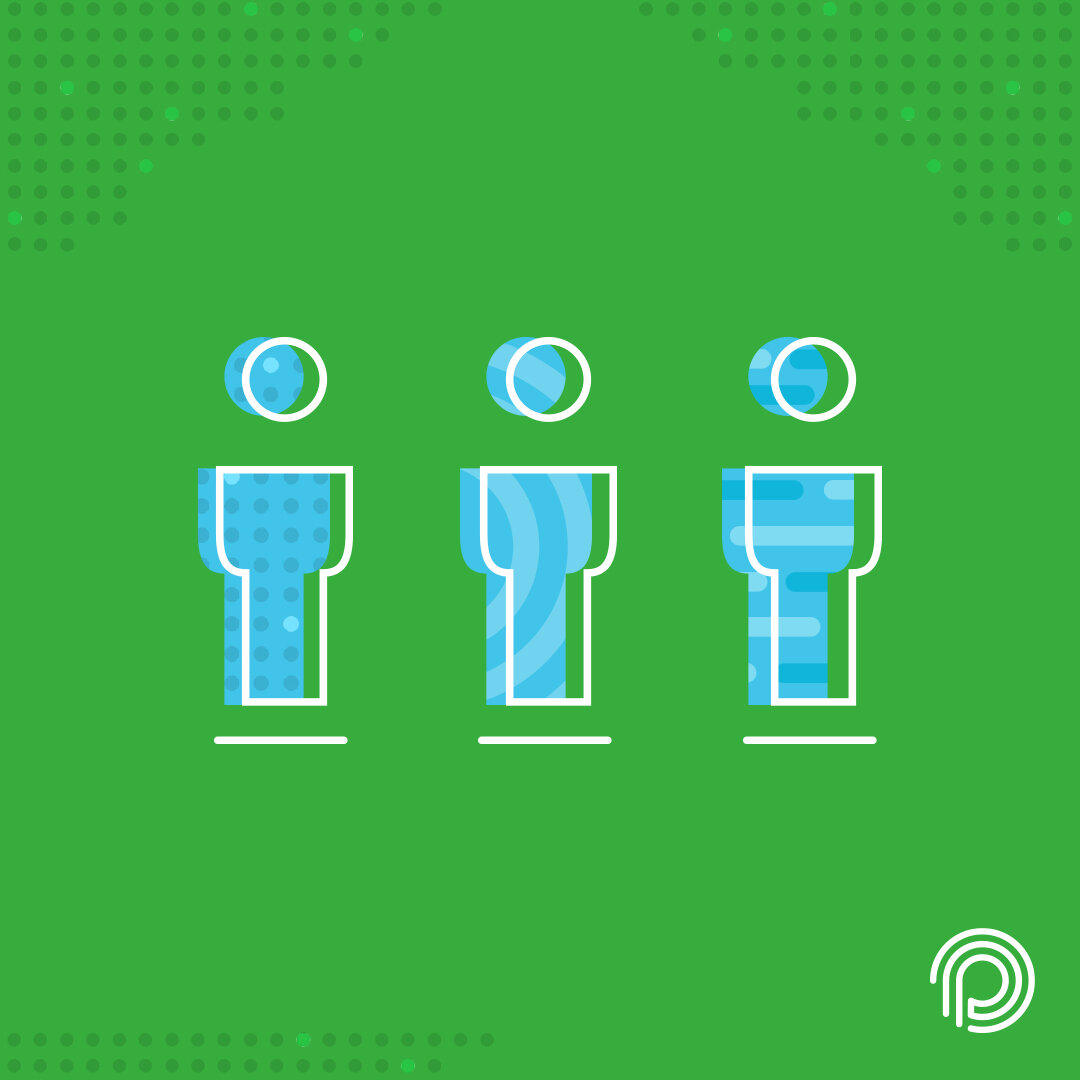
In my last post about Efficacy Attributes, I talked about how PeopleBest uses your “definition of success” or what you already know is working inside your organization to baseline which Efficacy Attributes we should be looking for when it comes to new hires.
TL;DR? Efficacy Attributes are leading indicators of success that point toward the likelihood that someone will succeed within your organization. These are what PeopleBest look for when we assess new employees. These attributes roll up into 4 Core Styles and 100s of Core Competencies that will eventually make up a person’s profile. They differ from traditional data, things that you might glean from a resume or an interview because resumes’ and interviews look toward the past—they’re lagging indicators of success.
We do this by running every person in your organization through the PeopleBest assessment and bounce that data off your perception of your employees. After all, you know who’s killing it, who needs to improve, and who isn’t quite working out.
Next, we look for patterns in the data and create a custom job fit profile template that we can use to measure potential job candidates against.
Inevitably, someone will say, “But, Jim. If we do that, aren’t we just going to get a bunch of the same kinds of people, who believe the same thing, and have the same values? Won’t we just be a cookie-cutter organization made up entirely of clones? I don’t want to be an army of robots who communicates in only bleeps, blops, and bloops!”
I’m paraphrasing—with some intentional hyperbole—but the sentiment is accurate, I can assure you. And it’s a valid sentiment. Diversity and inclusion are two of the most important tenets of hiring and should be taken very seriously. Aside from the moral obligation we have toward humanity, studies have shown that diversity has tons of positive side effects for your business.
But what may not be intuitive to most is that AI actually helps you along your path to diversity and removes some of the common biases that plague the hiring community. To make it more intuitive, I’d like to start off by illustrating the difference between what we call “Uniqueness” & “Sameness.”
Defining Uniqueness and Sameness
Uniqueness:
Uniqueness is made up of all the things that make you, you. It’s the human experience. It’s when you were born. It’s the things you’ve seen that have molded the way you interact with the world. It’s your religious & political beliefs. It’s your heritage. Your culture. Your familial makeup. Your values. It’s your sexual choice. It’s your ethnicity. Uniqueness is made up of all the things that help us, as humans, raise our hand and self-identify and it helps us understand who we believe ourselves to be.
Sameness:
If uniqueness is our personal human experience, then sameness would be the outward manifestation of our experiences, or our behaviors. And what’s pretty neat about behaviors are that they’re dynamic, which means that you can have two—or more— people that have similar behaviors, but they’ve come from completely different backgrounds. For example, you can be Hindu or Christian and be fiercely internally motivated. You can be a Republican or a Democrat and still pay attention to detail. You can be a Person of Color or a Caucasian and be dedicated to following through on your commitments.
If people were mosaics, uniqueness would be the image you see from afar and sameness would be the individual shards that make up the image. And when it comes to diversity and inclusion, we want to know the makeup of the person, not what we can see from a distance.
Humans Aren’t Good at Inclusivity
Despite some of our best efforts, as a species, humans just aren’t good at looking beyond what we can immediately see. It doesn’t matter how many onboarding training modules we’ve sat through that espouse the virtues of diversity. It doesn’t matter how many likes we’ve doled out on social media to videos of people doing a good job of being inclusive.
When the rubber meets the road, we all have our biases. Some of them are more insidious than others. Not every bias has to do with race, gender, sexual choice, or age. Some might be based on what university you attended. Or the clothes you wear to the interview. Maybe you have tattoos, and the hiring manager doesn’t like tattoos. Who knows? The possible combinations of biases are literally endless—ironically—because humans or so diverse and complex.
AI Software Isn’t So Myopic
On the other hand, software—if programmed to do so—doesn’t really care what you look like. It doesn’t care where you grew up, who your parents are, what church you go to, what your prior political leanings are, when you were born, or who you love…It doesn’t care about any of that stuff.
All software cares about are inputs and outputs. And all you should care about is accurate, unbiased data that’s going to help you make the best people-decision in the shortest amount of time.
My Final Answer
So, are we creating clones by using AI? Are we eventually going to be a bunch of Stepford Employees who can only respond in certain ways to the challenges we face in the workforce? It’s an emphatic NO from me.
Actually, it’s quite the contrary. By focusing on looking for the behaviors that make people the same—the underpinnings of success—we open the door to a wide world of unique diversity. A door that humans, historically, have done an incredibly poor job of opening by themselves.


